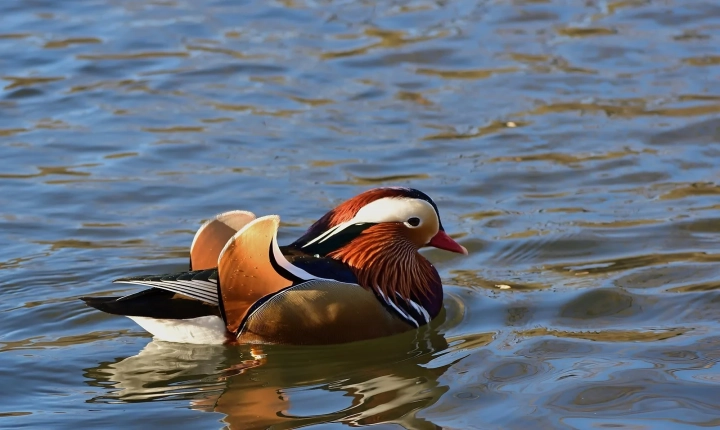How to Get ChatGPT to Write a Story: A Step-by-Step Guide
In the age of artificial intelligence and machine learning, the capabilities of language generation models have expanded dramatically. ChatGPT, which is a powerful and versatile language model developed by OpenAI, can be used to write stories, essays, and other forms of creative writing with just a few simple instructions. If you’re interested in harnessing the creative potential of ChatGPT to write a story, here’s a step-by-step guide to help you get started.
Step 1: Accessing ChatGPT
To access ChatGPT, you can use various platforms and interfaces that support OpenAI’s API. One popular interface is the OpenAI GPT-3 Playground, which provides a user-friendly environment for interacting with ChatGPT. Alternatively, you can use programming languages like Python to integrate ChatGPT into your own applications using the OpenAI API.
Step 2: Defining the Story Prompt
Before ChatGPT can write a story, you need to provide it with a clear and specific prompt to guide its creative process. The prompt should include details such as the genre of the story, the main characters, the setting, and any specific plot elements or themes that you want to incorporate.
For example:
“Write a science fiction story about a group of astronauts who crash-land on an alien planet and must find a way to survive while uncovering the planet’s secrets.”
The more detailed and specific the prompt, the better ChatGPT will be able to understand and execute your creative vision.
Step 3: Engaging ChatGPT
Once you have a well-defined story prompt, you can engage ChatGPT by providing it with the prompt and asking it to write a story based on the given parameters. Depending on the platform or interface you are using, you can input the prompt directly and request ChatGPT to generate a creative response.
Step 4: Reviewing and Iterating
After ChatGPT has generated a story based on your prompt, it’s crucial to review the output and assess whether it meets your expectations. Since ChatGPT’s creativity is based on a combination of training data and its own language modeling capabilities, the quality and coherence of the generated story can vary. If the initial output doesn’t fully align with your vision, you can refine the prompt and input it to ChatGPT again for a revised version.
Step 5: Refining and Polishing
Once you have a story generated by ChatGPT that closely matches your expectations, you can further refine and polish it by editing and enhancing the narrative. This might involve rephrasing certain sentences, adding descriptive details, or adjusting the plot to create a more compelling storyline.
Step 6: Finalizing the Story
After refining the generated story, you can consider it a collaborative work between yourself and ChatGPT. It’s essential to acknowledge the AI’s contribution while also taking ownership of the final product as the human author. Once the story is finalized, you can share, publish, or use it for your intended purpose, whether it’s for entertainment, education, or any other creative endeavor.
In conclusion, leveraging ChatGPT to write a story can be an exciting and enriching experience that expands the boundaries of creativity and authorship. By following this step-by-step guide, you can harness the potential of AI language models to co-create compelling narratives and explore new frontiers in storytelling. Keep in mind that while ChatGPT can provide remarkable creative support, it’s the human touch that ultimately shapes and brings the story to life.
